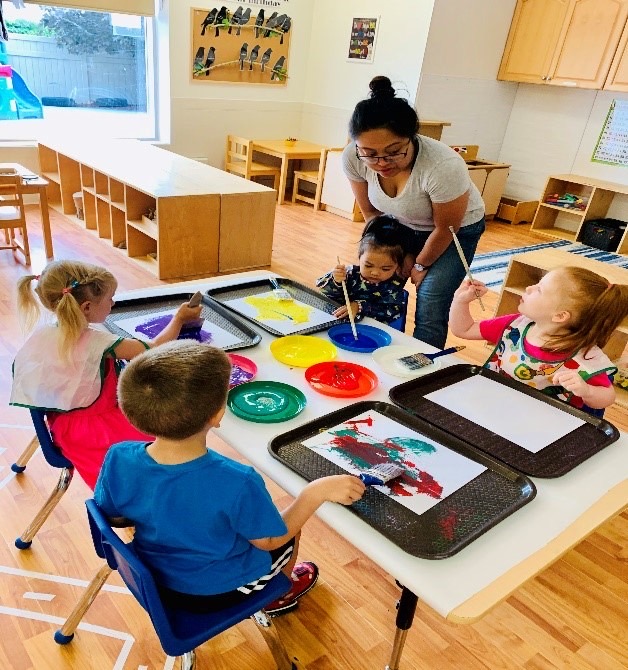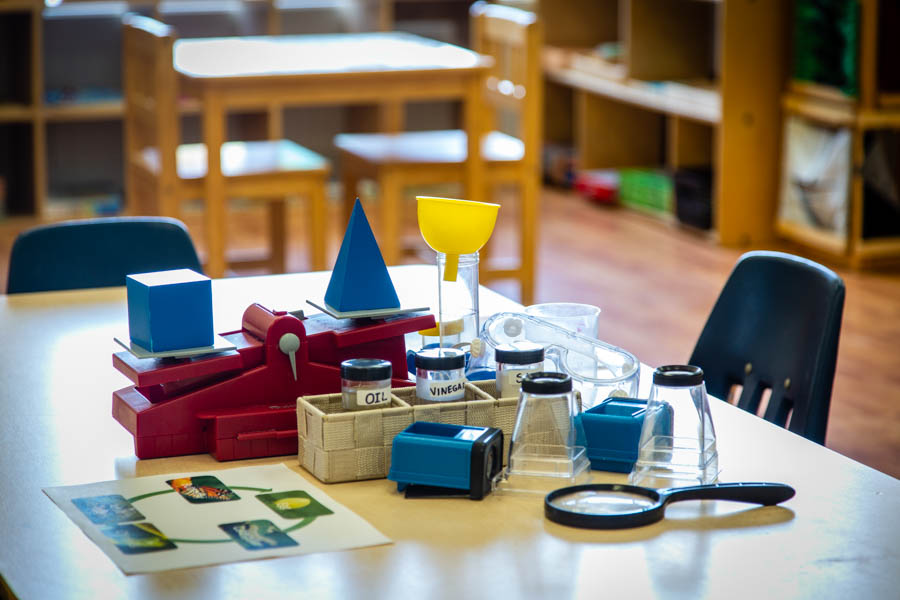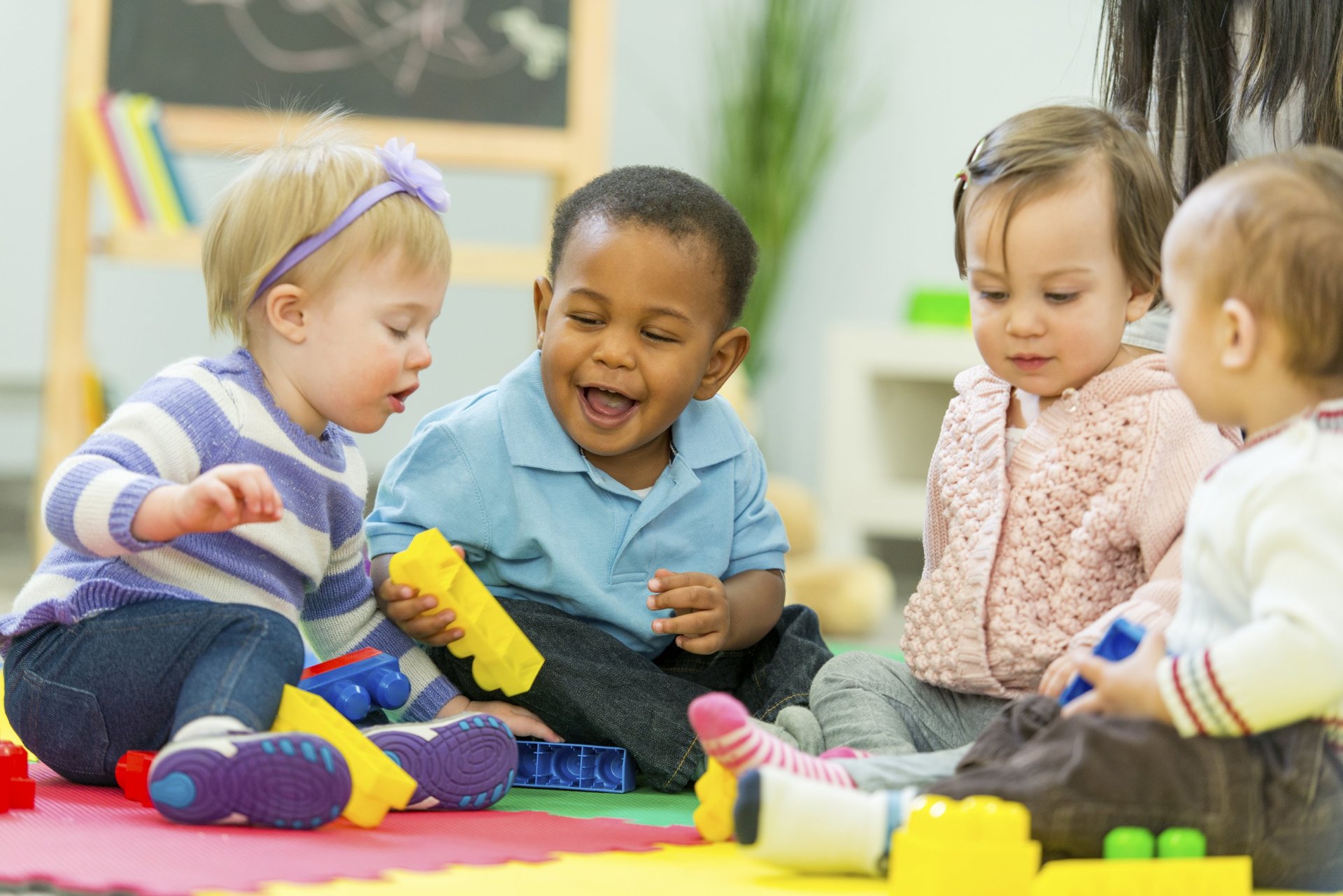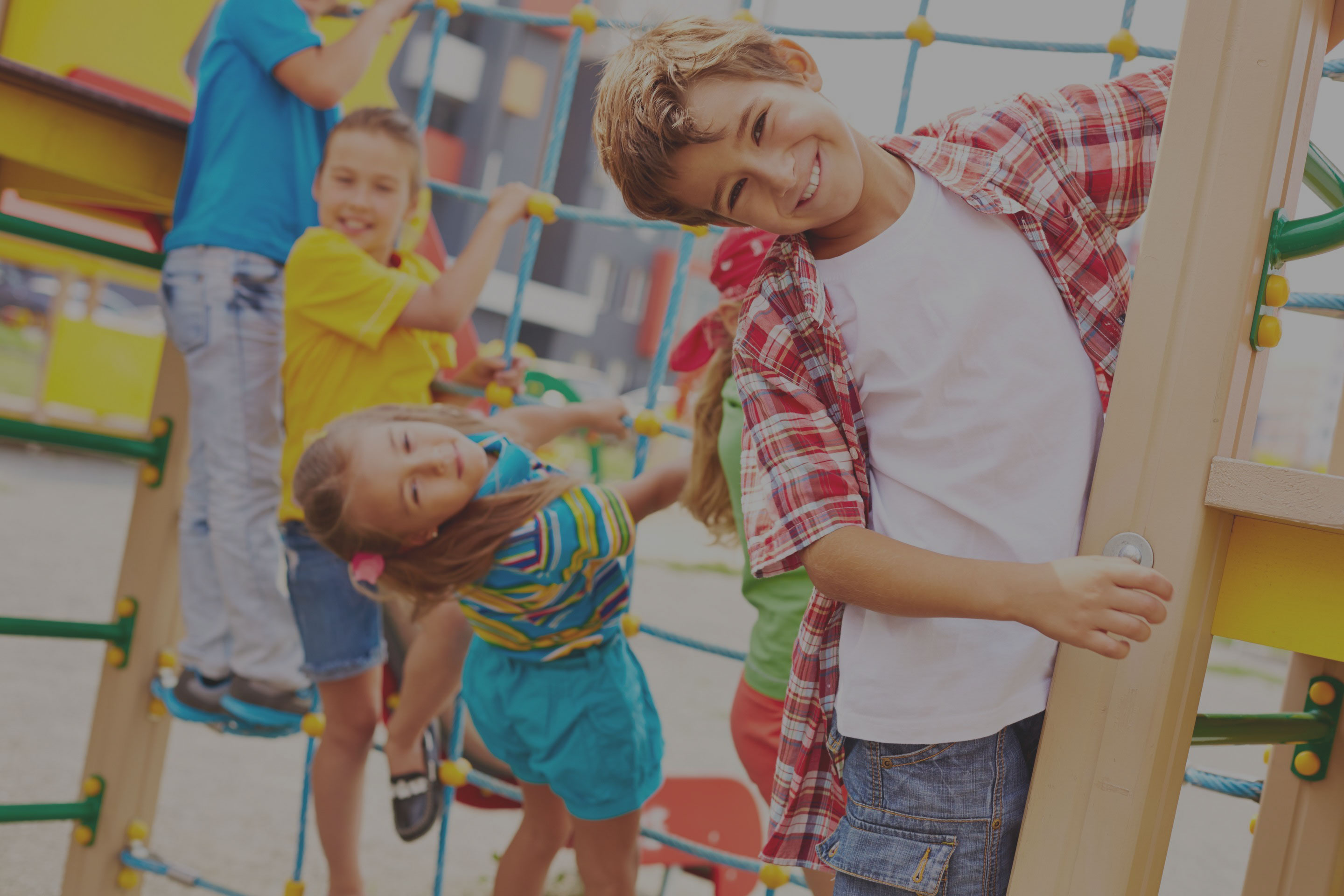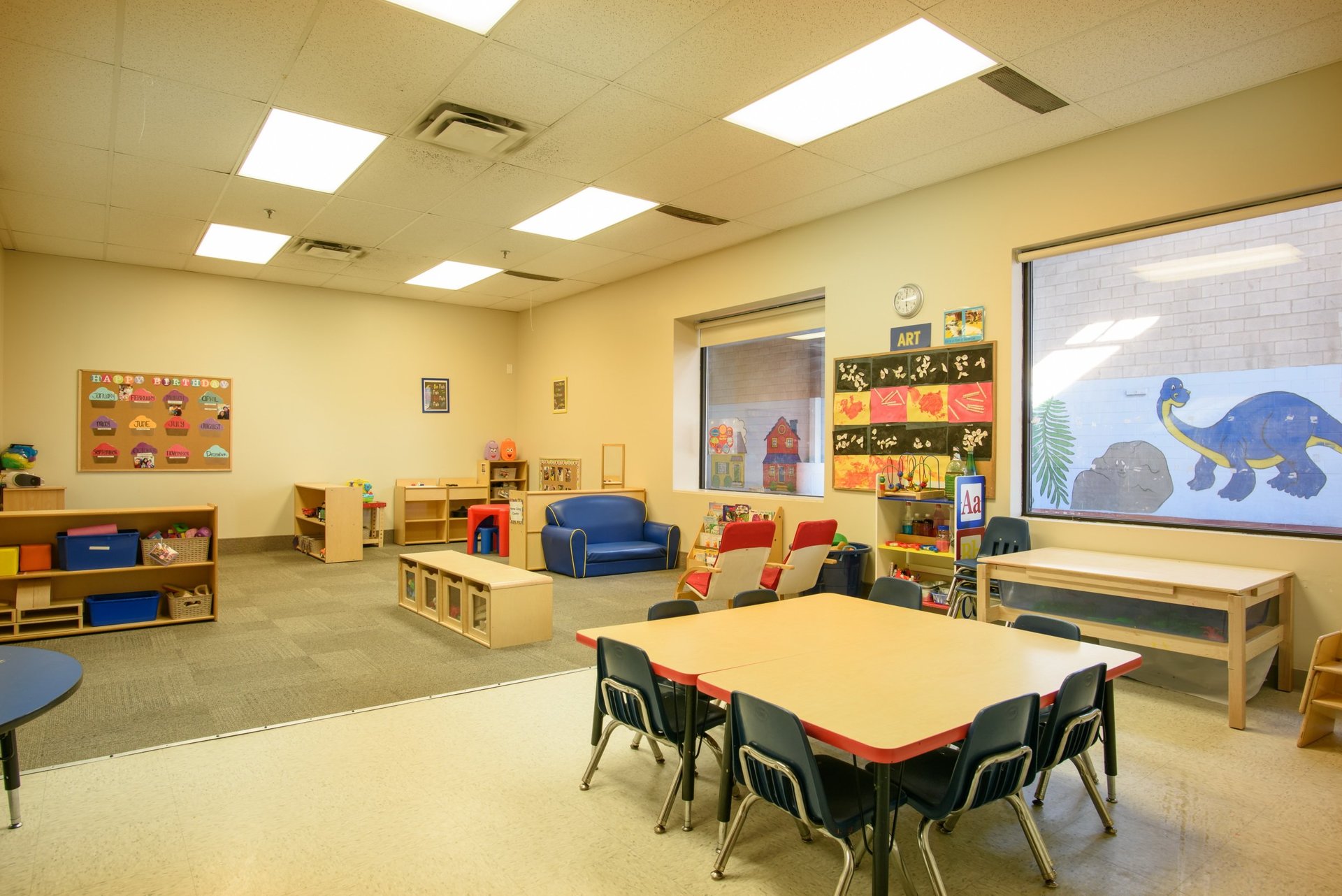Halloween Activities 2020
Halloween Activities 2020
Halloween is just a few days away and 2020 promises to be a different kind of Halloween! Halloween has always been one of my favourite
holidays to celebrate with children. There is so much fun involved for children: the ability to transform yourself for a day in your favourite
character costume, the spooky decorations and of course – the CANDY!
As 2020 has presented some challenges with celebrating holidays according to old traditions, this is an opportunity to find new ways to celebrate
this fun holiday.
Here’s a list of Halloween activities you can do with young children in 2020!
Candy Scavenger Hunt: Kids love going on a scavenger hunt! The process of finding hidden gems (especially candy) is so rewarding and exciting!
You can create your own scavenger hunt or click on this link to print one.
Indoor Trick-or-treating: You don’t have to leave the comfort of your own home to trick-or-treat. You can setup trick-or-treating by going from
room to room in your home and having your child knock on the doors and you can have different people in the house answering the doors and
handing out candy. You can involve grandparents and other extended family members too! This activity is great for toddlers with their short
attention spans. They probably only want to knock on a few doors before they are done
Mummy Wrap: This is one of my favourite Halloween games. All you need is toilet paper and a willing person! You would wrap the toilet paper
around the person and try to cover them all up like a mummy. You now have a use for all the extra toilet paper you may have around the house!
How many Candies in the Jar? This activity will keep your child guessing all night long. Fill a jar with candy and ask your child to guess how many
are in the jar. They can take several guesses and you can record them. You can even extend the game to everyone in the house. Then you can take everything out of the jar and count it. This is not only fun, but it’s also a great math activity for young children.
Bob for Apples: This is a classic Halloween game! You can adapt it for 2020 by making individual bowls to bob for the apples. Each person gets
their own bowl of water with an apple floating in it. The object is to take the apple out without using your hands. Get creative! You can use your mouth, tongs, chopsticks etc.
Decorating yummy treats: This is a great opportunity to explore your creativity by decorating cupcakes or cookies. You can use spooky
decorations, or even candy to decorate with. Kids will develop fine motor skills by spreading the icing and adding the decoration.
Candy Toss: Grab a basket and some candy and create a tossing game. Position the basket a few steps away and ask the child to toss the candy into the basket.
Have fun creating new memories and traditions in 2020! Enjoy! Happy Halloween!
For more Halloween ideas and activities, check our pumpkin and trick-or-treat ideas blog.
The Benefits of Listening to Classical Music for Young Children
The Benefits of Listening to Classical Music for Young Children
Did you know that classical music is beneficial for young children? Here are 5 reasons why you should encourage listening to classical music with your little one!
Creates a Calming Effect
First and foremost, classical music has a calming effect. Many doctors recommend that woman listen to classical music during pregnancy for that very reason. When a baby is first born, playing classical style music, especially during naps, will help soothe and calm your little one! This is not just calming for infants, all young children and event adults tend to experience a sense of calm when listening to the sounds of classical music.
Improve Listening Skills
Listening to music from classical music composers such as Beethoven and Mozart at a young age, has been proven to increase concentration skills in many young children. Studies have also found that children who listen to those specific musicians are more self-disciplined.
Improve Brain Function
One of the most known benefits of listening to classical music is the increase of brain function. Classical music helps develop the genes that secrete dopamine and improves synaptic function.
Become a Fan of Classical Music
Most everything we do in life is based on the habits we have formed throughout our life, especially in the early years. Listening to classical music can become a habit for those who have always listened to it. So, start them young!
Improves Creativity
Classical music, in general, is very inspiring. Since the music improves brain functions, it also inspires new thoughts which helps one to become more creative!
In our classrooms, we play classical music melodies during our nap times to create a calm atmosphere. We also use music to inspire creative expression through art. We play classical music while children are painting or creating art.
For more information about the benefits of classical music, click here.
STEAM – How to Foster a Love for Science Discovery in Young Children
At Alpha’s Discovery Kids Preschool and Daycare, we understand the importance of educating children in all areas to help them to grow and develop. Science is one of the key programs that we focus on in our Four Pillars of Learning curriculum. It is the first letter in our STEAM program. Science can be a hard area for some of us to wrap our heads around, especially as adults. We think of volcanos and osmosis when we think of science, but if you look at the activities your child does in their day, science is everywhere.
By introducing science to children at a young age, we begin to foster their interest in the subject and their success in that subject at school. It helps them to problem solve and better understand their world around them. Science allows children to make predictions, complete observations and determine an outcome. Science easily links with many other parts of our program such as math and art. For example, we discuss the types of animals in the arctic and the temperature (math), and have them create puppets from paper bags (art).
Science is also a great way to calm children. If negative behaviours are happening at home or at school try using art and science as a way to alleviate some of those issues. Children generally love exploring with science, they love the mess, and the use of imagination. Simply mixing colours is a great way to show children science. Ask them what they would get if they mixed red and blue, blue and yellow or red and yellow. Have them try mixing their own colours to see how many different colours can be made.
Children want to be involved. Science can be simple at home as well. You can grow a garden or flowers. Allow them to help put in the soil, to water the plants. Make a graph of how tall it is getting. Show them how you can cook with what you grow. Cooking can involve both math and science by measuring and mixing ingredients to make something new. All these things are simple and will help your child to be excited about learning.
Here’s a list of some great simple science experiments that we do with the children in our programs that you can try at home.
1. Lava lamp. Take a water bottle and fill it with the following ingredients.
a. Water
b. Oil
c. Food colouring
2. Colour changing flowers. Put the flowers in a glass with water and food colouring and watch the flowers change colours.
a. White carnations
b. Glasses
c. Water
d. Food colouring
3. Magic milk (one of my favourites). Mix all the ingredients on a tray. Watch what happens.
a. A large flat tray
b. Milk
c. Liquid food colouring
d. Dish soap
e. Cotton swabs
4. Painting on ice cubes.
a. A piece of ice
b. Paint
c. Tray to collect the water as it melts
All of these simple activities can be found online on Pinterest and in Youtube videos. They are simple and easy to do and you may find your child asking to do them over and over again. With any science experiment it is important to ask questions.
1. What do you think will happen? – Make a prediction.
2. What actually happened? – Observe the results.
3. Why/How did it happen? – Make a hypothesis to explain what happened. You may need to do some research with your child to explain why or how it happened.
It is always fascinating to make observations about what your child was able to understand. Then 6 months later do the same activity. You will be amazed at how much more your child is aware of and the questions they ask. Now get out there and have fun.
Visit our curriculum page for more information about how we incorporate science into our four pillars of learning through the STEAM curriculum. We have truly developed an exceptional program that focuses on the child as a whole. We believe that language, literacy, STEAM and mindfulness can provide children a path for continuous growth.
How To Transition From Home to Daycare
How To Transition from Home to Daycare
How To Transition from Home to Daycare by Nichole Folino, RECE
Having been in the childcare industry for almost 20 years, I can tell you honestly that enrolling your child into a quality childcare facility, is truly one of the best things that you can do for them. Is it scary for you and them? Yes, of course, but the experience they will have there is invaluable. Childcare teaches them sharing, patience, teamwork, empathy and so much more. It was always easy to stand in a kindergarten classroom and tell which children had been in childcare and which had not.
There are important steps that you can take when deciding to put your child into a childcare program. First and foremost, make sure you feel comfortable there. After taking a tour of the facility make sure you understand and agree with their values, ask questions and feel confident in your decision. Those few things will help to ease some of the anxiety that you will feel.
When it comes to helping your child adjust and be prepared for the first time in childcare, there are many things that you can do.
1. Transition together
Most childcare centres have a transition period to some degree. Take advantage of it. Spend time with your child in their classroom and with the teachers. This will help you and your child to feel comfortable while they explore the new environment. If you feel that your child may need additional transition time, don’t be afraid to speak to the supervisor.
2. Be Honest
Be honest with them about what to expect during their time there. Give them examples like, when you get to school you will see Ms. Jones, then you will play inside with the toys, then you will go outside on the playground, have lunch, a nap and finally you will have another snack before I pick you up. Setting realistic timelines for your child will help them understand their day and when to expect you.
3. Drive by the Centre
When driving by the childcare centre, point it out to your child. Remind them that they will be going there and provide them with days. You can say, in two days you will get to go and see Ms. Jones. It is important to speak fondly of the teacher and the childcare.
4. Say Goodbye
Lastly, but almost the most important is that you say a quick and confident goodbye to your child. Saying goodbye with confidence shows your child that they are safe. Most children will stop crying shortly after their parents leave. If you are concerned, you can also call the centre and find out how they are doing. Sending a comfort toy from home, whether it be a blanket or stuffed animal can help.
As a mother, I firmly believe that one of the best things I did for my children, was to put them in childcare. I believe it helped them to be prepared for the school system in ways I couldn’t have imagined. They were confident and not scared to leave me the first day of Kindergarten. It was me that cried when they went inside. It provided them a social experience that I could not have given them. They made friends easier and knew how to take turns. They were creative and could express themselves in healthy ways. Finding childcare is easy, finding a childcare that aligns with your vision is rewarding.
Conclusion: How To Transition From Home to Daycare
At Alpha’s Discovery Kids, we offer three free transition days prior to starting full-time to help you and the child adjust to our program and routine. If you would like more information about our centre, click here to book a tour.
Minimize First Day of Kindergarten Jitters
Minimize First Day of Kindergarten Jitters
Minimize First Day of Kindergarten Jitters – By Susie Beghin
Every September a new wave of children is introduced to the Kindergarten classroom. This transition from home or daycare to the elementary school system can be easy and seamless when you take the right steps. There are many things parent and the daycare professionals can do to help ease the transition.
Preparedness for Kindergarten is not about the knowledge your child has—whether they can read, or even if they know their letters or numbers—it’s about how much independence and confidence they have and how well socialized they are. These key skills play a role in how well they might adapt to the classroom. Helping your child develop these characteristics can be accomplished at home and daycare leading up to the first day of school. But how can parents and caregivers do this?
At Alpha’s Discovery Kids we provide our families with a readiness checklist, but parents can develop their own, based on their child’s needs and abilities. There is a consensus amongst experts of five key things you can do to prepare your child for this important life event.
1. Encourage Self-Care
• Teach self-help skills like dressing—learning zippers and buttons, shoes and boots, coats, mittens.
• Teach them how to put things into, and take them out of, a backpack, and how to use all types of lunch containers. Teach them to tidy up their things and keep track of their belongings.
• Ensure your child is capable when addressing their bathroom needs. In Kindergarten they will not get assistance, and this could result in a child being sent home.
2. Follow regular routines
• Make sure there is a consistent bed time that provides your child with enough sleep to ensure they are attentive and productive in the classroom. In general, the consensus is 10 hours a night for Kindergarten-aged child.
• A regular morning routine is also critical. It is recommended you get your child used to waking up at the same time every day, getting dressed and eating breakfast, all with plenty of time before they have to be ready to leave for school without being rushed.
• Build free play time into your daily schedule, both with parent involvement and without. Individual playtime helps develop creativity and allows the child time to decompress without any expectations or influence from others.
• Part of having a routine is having a schedule and keeping it. At home it would be easy to give in if your child wants to dawdle through lunch. A school schedule is much more rigid, and if 30 minutes is allotted for eating, then that’s what they will get. Teach your child to transition from one activity to another when it is time. Continue reading “Minimize First Day of Kindergarten Jitters” below.
3. Encourage Socialization
• Register your kids in parent-free activities. Art classes, dance, and sports are all excellent opportunities to create a sense of independence and comfort. They will learn that their caregivers will always come back for them.
• Participation in team sports is a great way for children to learn cooperation and teamwork, which will really help them in a school setting, both in the classroom and on the playground.
• Children who regularly attend preschool and daycare are automatically socialized due to their group environment and don’t really need other types of group activities until Kindergarten.
4. Develop healthy habits
• Eat healthy foods. Teach your children about the difference between healthy food and treats (sometimes food).
• Start the day off with a healthy breakfast to make your child is alert and ready for learning.
• Drink lots of water to keep the brain and body hydrated to optimize learning. Keep fruit juice as a sometimes food, and minimize soda consumption as much as possible.
• Get plenty of sleep. Experts recommend 10 hours of sleep a night, but if your child needs a nap to recharge when they get home from Kindergarten, especially in the early months, don’t discourage them. If the nap interferes with their ability to get to sleep at night, limit the length of the nap.
• Make sure your child has regular physical examinations and is up to date with their immunizations. Remember, many school systems will suspend attendance if the immunization record is not up to date.
5. Talk to your child about Kindergarten
• Visit the school. Take advantage of all events offered that allow you to bring your child to the school—open houses, Meet the Teacher events, and orientation sessions.
• Travel the route your child will be taking to school, whether they’re walking, driving, or taking the school bus. If you’re walking, learn how long it will take you to get to school, and plan that into your routine. Give your child the opportunity in advance to look at all the interesting things along the route so they will be less distracted when school actually starts. If taking the school bus, drive the route with them so they can develop familiarity with their surroundings and will be able to recognize landmarks when they are nearing their bus stop. Talk about school bus safety—staying seated when the bus is moving, keeping track of their belongings, and only leaving the bus stop with their designated caregiver.
• Take them to the school to play in the playground. Learn some playground games like hopscotch or Four Square so they will not feel lost or overwhelmed during those first few recesses.
• There are some really good books you can borrow from your local library that explore the kindergarten transition. Read them with your child and encourage them to ask questions.
Parents also have expectations of their child when entering Kindergarten, but it’s important to remember that all children reach milestones at different times and not to measure your child against anyone else. It doesn’t matter if your 4 year old can’t read yet. Work with them at home to support their preschool’s efforts, learning letters, numbers, colours, and shapes.
Whether a child has stayed home with parents or other caregivers or has attended a daycare or preschool, there are steps you can take to lessen your child’s anxieties related to starting school. Following these suggestions will help ease the transition into the structured, often overwhelming world of kindergarten. With love and support, everything will be fine for everyone involved.
Thanks for reading: Minimize First Day Of Kindergarten Jitters
Thanks for reading: Minimize First Day of Kindergarten Jitters
10 Language and Literacy Activities You Can Do With Your Child at Home
10 Language and Literacy Activities You Can Do With Your Child at Home
10 Language and Literacy Activities You Can Do With Your Child at Home – By Susie Beghin
Earlier this month, we posted the first in a series of articles highlighting the 4 Pillars of Learning approach we use at Alpha’s Discovery Kids. This two-part article addressed our approach to developing Language and Literacy skills in the children under our care. While the children spend a lot of their time in our centre, it’s important that their language and literacy is nurtured at home as well. In order to help our parents, we have created a list of things they can do at home with their young kids to complement our practices. A lot of these activities do not require scheduled time since they can be done as part of everyday life and should be encouraged amongst all caregivers.
Literacy Activities
- Read aloud with your child: There is a reason experts always recommend reading with your children. It is the most important thing you can do to develop their literacy skills. It helps their brains develop, it improves concentration, and helps create a sense of curiosity about the world around them.
- Use alphabet magnets/stickers/cards to learn letter sounds: It doesn’t matter what order they learn their letters, so start with the ones that are used most often—S A T . Gradually add in other letters, like the letters in their name. Add more as they gain proficiency.
- Play Alphabet Concentration: Write the uppercase and lowercase alphabets on index cards to create a deck of 52 cards. Play concentration, matching the uppercase letter to the lowercase letter. Have the children make the letter sounds as you play.
- Drawing: Learning how to hold a crayon/pencil/marker properly and how to make whatever shapes they want helps children when they start learning how to draw the specific letters of the alphabet. If they draw with confidence, they will write with confidence.
- Go on an Alphabet Walk: Before you go for a walk, choose a letter sound. See how many things you can find that start with that sound while you walk. This will also increase your child’s awareness of their environment and increase their vocabulary.
Language Activities:
- Talk to your child: As with reading to your children to develop literacy skills, talking to your children is one of the most important things you can do to help them develop their language skills. Children whose parents talk to them have larger vocabularies and will use more advanced sentence structures. Use new words (for example, good, yummy, tasty, delicious, etc., to describe food) and ask them if they understand and can explain what the new words mean. Describe your activities as you perform them so they can start making connections to abstract words and ideas.
- Play “I Spy”: It teaches children how to use language to describe the things in their environment. Depending on how you play, it will develop their knowledge of colours and letter sounds, so mix it up and play both ways.
- Create stories using images: Using picture cards, photographs, images cut from magazines, etc., allow your children to create their own narratives. They will use their words to describe what is happening in the story. This helps develop language, teaches them how to project and predict what will happen next, and develops their creative thinking.
- Sing songs: In the car, while out and about is a perfect place to sing songs with your children. Not only is it fun, but it helps pass the time while driving in the car! Children love songs with actions so try to do the actions as you go.
- Play rhyming games: Choose simple words from objects in your environment and see how many rhyming words you and your child can come up with.
As you can see, these are all simple activities that don’t take up a lot of time. Some of them can effortlessly be incorporated into your everyday life. Older siblings and extended family members can easily participate. A person’s brain is at peak ability to learn language between the ages of 1-6 years, so the efforts invested in developing your child’s language and literacy skills now will pay off in their ability to communicate in the future. And that’s 10 Language and Literacy Activities You Can Do With Your Child at Home.
Thanks for reading 10 Language and Literacy Activities You Can Do With Your Child at Home, by Susie Beghin
Daycare in Mississauga: The Do’s and Don’ts of Dropping off your Child
Dropping Off Your Child At Daycare
Dropping Off Your Child At Daycare – It’s almost time to head back to school or daycare in Mississauga for many kids who have been at home with their parents. Some kids may be experiencing separation from their parents for the first time. Many parents struggle with the separation of an anxious child when dropping off at school or daycare. You may be worried and heartbroken when you see them crying right when it’s time for you to leave. You are not alone. At Alpha’s Discovery Kids Preschool and Daycare in Mississauga, we have seen this many times and we can help you make the transition from home to preschool or daycare as smooth as possible.
- DO – Say goodbye to your child and give them a hug and kiss. Let them know you love them and you will be back.
- DO – explain that you will be back after a certain activity such as (after outside time) or (when they wake up from nap time) etc. it’s good to make a plan so the child can relate the time of day you will return.
- DO – make a plan for a special activity you will do with them after you pick them up and stick to it. It could be something simple like reading a favorite book together or playing a favorite game or going to the park. This serves as a great distraction that the teacher can talk about after you leave.
- DO – remind them that they will have fun and show them some of the fun stuff they will do.
- DON’T – sneak out when they are not looking. This never works and usually leaves the child more anxious and fearful.
- DON’T – look scared and sad to leave your child. Your child is looking at you and needs to know that they are safe and there is nothing for them to worry about. This may take a bit of acting on your part, especially if it is your first child and they are separating for the first time.
- DON’T – linger or watch by the door or window. Make your goodbye brief and don’t stay too long. It’s better for you to leave and let the child start the process of becoming independent. I can assure you that the longer you stay, the longer the child will cry.
- DO – Call the preschool or daycare and check on your child. You will feel better when you know your child has calmed down. They eventually calm down and get distracted by all the fun they are going to have.
- DO – understand that a transition takes times and your child will not adjust right away. They need time to get used to a new teacher and a new environment. Some children can adapt quickly while others need more time – sometimes weeks or months. Each child is unique but they will eventually make the adjustment.
We know it is difficult to walk away when your child is in tears, but if you follow these do’s and don’ts, we can almost guarantee that the child you pick up will be smiling, happy, and excited to tell you about their day at school. And remember that you are teaching independence and that is an important skill for life!
Speech/Language: Does my child have speech delay?
 Is my child’s speech delayed? This seems to be a question that many parents are asking their daycare teachers in Mississauga and the surrounding area. More and more families are becoming aware of developmental delays and are being proactive in seeking help through daycare centres.
Is my child’s speech delayed? This seems to be a question that many parents are asking their daycare teachers in Mississauga and the surrounding area. More and more families are becoming aware of developmental delays and are being proactive in seeking help through daycare centres.
At Alpha’s Discovery Kids, there are a variety of highly trained Early Childhood Educators with experience and resources to support children ages 12 months to 5 years in all areas of development. Our philosophy centres around being an inclusive daycare environment to provide the best care for children at every stage of their development.
There are numerous resources online to educate yourself on “typical” child development but every child is different. Even as adults, we all have strengths and weaknesses but finding the right resources in order to develop our skills is an ongoing journey of development. In Mississauga and the Peel Region; there are several programs that can help you and your family with speech and language.
Many child development experts agree that the first step to developing your child’s speech and language is to seek a daycare environment that best suits your family. The daycare environment has so many opportunities for genuine peer and teacher interactions that can support your child’s language skills as well as their social interactions. The teachers are trained to provide experiences that allow your child to grow their language skills at their own pace.
The second step is to seek the advice of a resource consultant who can support you and your family at the daycare. In Mississauga, we are supported by a regional program called Peel Inclusive Resource Services (PIRS) which allow the educator and resource consultant to work directly with families to give families available resources, tips and advice to support the child to achieve speech and language goals.
Finally, it is a good idea to speak with your child’s doctor and seek a referral for your child to get a speech and language assessment by a speech and language pathologist. In the city of Mississauga, there are several free resources for every family to give their child the best start in life.
Chores! What can kids do to help?
For most people, chores are a hassle and getting your children to help out might as well be the end of the world! It doesn’t have to be that way. How can we involve our kids in chores without making it seem like a lot of work? In this article, we have some tips that can help build a household where everyone helps out so that there is time for both work and play! Read more ›
The Power of Positivity when Communicating with Kids
Communicating With Kids
“STOP DOING THAT!” “YOU DON’T LISTEN!” “I CAN’T BELIEVE YOU RIGHT NOW!” Some of the things that we as parents say to our children when we are frustrated or upset with them can affect their self-esteem and their opinion of you. Our words are so powerful so we as parents and educators must choose them wisely and try to use positive language as much as possible. Read more ›


